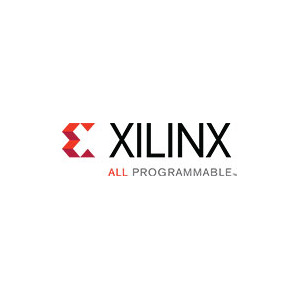Manufacturer Part Number
XC6SLX25-2FTG256C
Manufacturer
Xilinx
Introduction
The XC6SLX25-2FTG256C is part of the Spartan®-6 LX series, an Embedded FPGA (Field Programmable Gate Array) designed for various digital processing applications.
Product Features and Performance
Integrated with 1879 Logic Blocks/Configurable Logic Blocks for adaptable logic programming.
Equipped with 24,051 Logic Elements/Cells for implementing complex combinational functions.
Features a total of 958,464 RAM bits for efficient data and instruction storage.
Offers 186 Input/Output pins for extensive peripheral connectivity.
Supports a supply voltage range of 1.14V to 1.26V for energy-efficient operation.
Designed for Surface Mount Technology (SMT) to save space and enhance board density.
Product Advantages
High logic density for accommodating robust digital designs.
Ample on-chip memory for efficient data management.
Flexible I/O options for comprehensive system integration.
Low power consumption enhances system reliability.
Surface mountable for compact and efficient PCB design.
Key Technical Parameters
Number of LABs/CLBs: 1879
Number of Logic Elements/Cells: 24051
Total RAM Bits: 958464
Number of I/O: 186
Voltage Supply: 1.14V ~ 1.26V
Operating Temperature: 0°C ~ 85°C (TJ)
Quality and Safety Features
Manufactured under strict quality control standards.
Features thermal management for safe operation within specified temperature ranges.
Compatibility
Compatible with a variety of design tools and software provided by Xilinx for FPGA programming and simulation.
Application Areas
Ideal for digital signal processing, embedded systems, industrial control, automotive applications, and prototype development.
Product Lifecycle
Currently in an Active stage, ensuring availability for new designs.
No immediate discontinuation notice, with ongoing support and possible future upgrades.
Several Key Reasons to Choose This Product
High design flexibility and reprogrammability for evolving digital requirements.
Robust support and documentation from Xilinx facilitate development.
Energy-efficient operation reduces the overall system power requirement.
Strong community and developer ecosystem for shared resources and solutions.
Compatibility with industry-standard design tools for ease of integration into existing projects.




